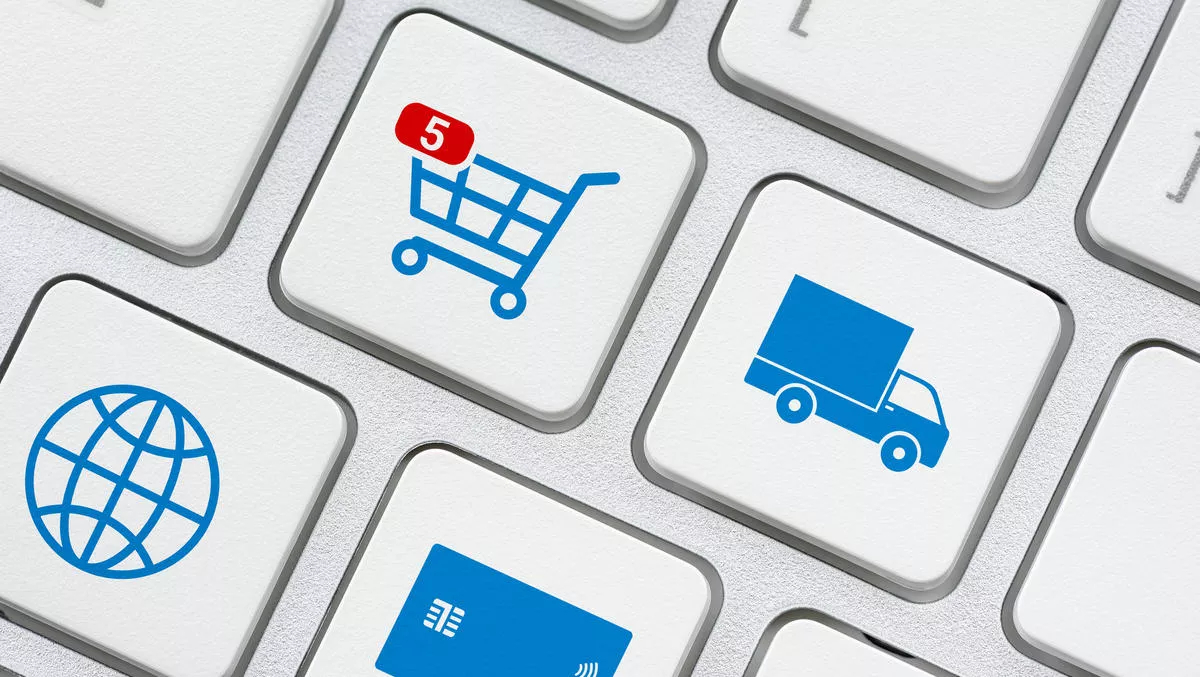As the retail landscape continues to emerge from the business devastation and disruption caused by the COVID-19 pandemic, retailers have been battling to innovate their approach to the market to deliver their goods and services, according to Futuresource Consulting.
COVID-19 will continue to be a threat in the short term and its effects are likely to be felt long after the pandemic recedes.
Retailers and brands need to continue to innovate in this new evolving omnichannel world of retail, so they can weather the ‘new normal', whilst future-proofing their businesses.
Futuresource states that there is an opportunity to upgrade supply chain processes, transform the consumer experience and build customer loyalty across the omnichannel landscape: encompassing brick-and-mortar stores, click and collect, bricks and clicks, eCommerce websites, digital marketplaces, comparison shopping engines, and social media platforms.
“The massive shift, driven initially by COVID-19 is expected to stabilise in 2021. However, the retail landscape will never be the same as it once was, only the fittest and most innovative will survive,” says Futuresource consulting research analyst Stephen Mears.
“This is because of the ongoing effects of the pandemic such as the reduced store visits, changing consumer buying behaviour and the huge shift of the overall customer shopping journey. There is also expected to be a further decline of physical retail presence worldwide, following permanent store closures during the pandemic, and a continued downsizing of physical retail presence moving forward.
The growth of online retail
In 2020, online retail will take a record share of retailer sales across all channels, according to Futuresource's latest Retail Distribution Report, which also tracks macro retail trends and product shipments across the TV, headphones, and wireless speaker categories (CE3).
Mass merchants, CE specialists and other traditional retailers are also witnessing a rise in online purchases.
Physical retailers that have been able to quickly implement a multi-channel offering have benefitted significantly, retaining loyal customers, and often offering more timely delivery or collection methods than pure online retailers, due to an existing physical local presence.
Pure online retail has however benefited most during 2020, with its share of CE3 retail value growing from 21% in 2019 to 25% in 2020.
Direct to consumer
The direct channel is also continuing to gain in importance within the wider retail landscape, as this allows vendors to more closely manage the shopper journey as well as maintaining product margin, the research shows.
This channel is particularly important to vendors that have a broad portfolio of products, such as Samsung, Huawei, Xiaomi and Apple.
These vendors all offer an ecosystem of connected home and personal electronics, and the direct retail methodology, particularly through experience stores, allows these vendors to demonstrate the value of its entire product portfolio as an ecosystem, rather than treating each device as an independent, discrete product.
With a further reduction in-store space expected over the next five years, vendors are expected to partially fill this void through branded stores or experience centres.
